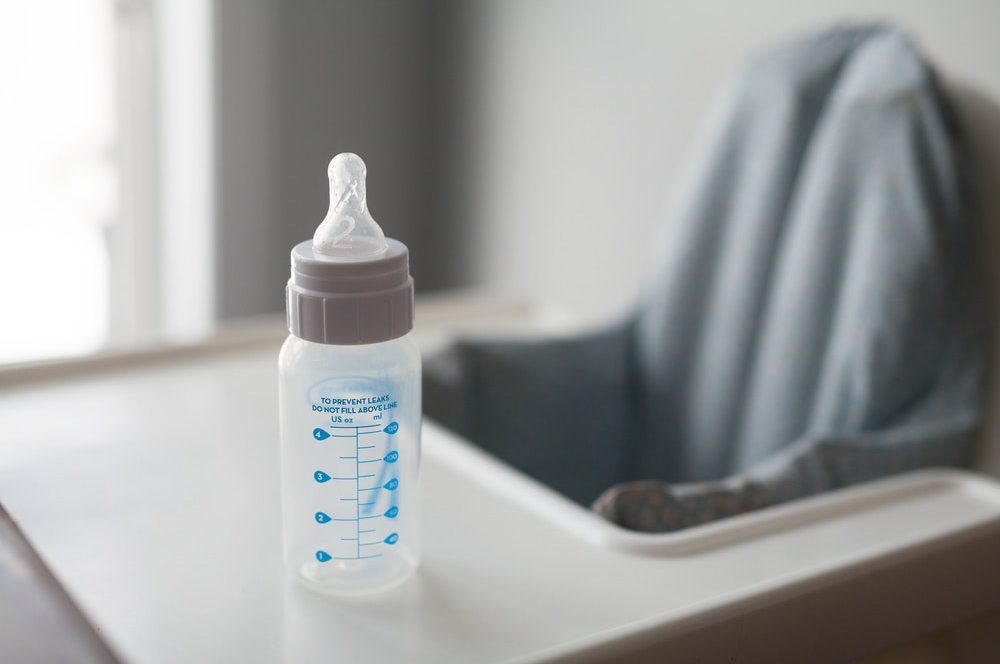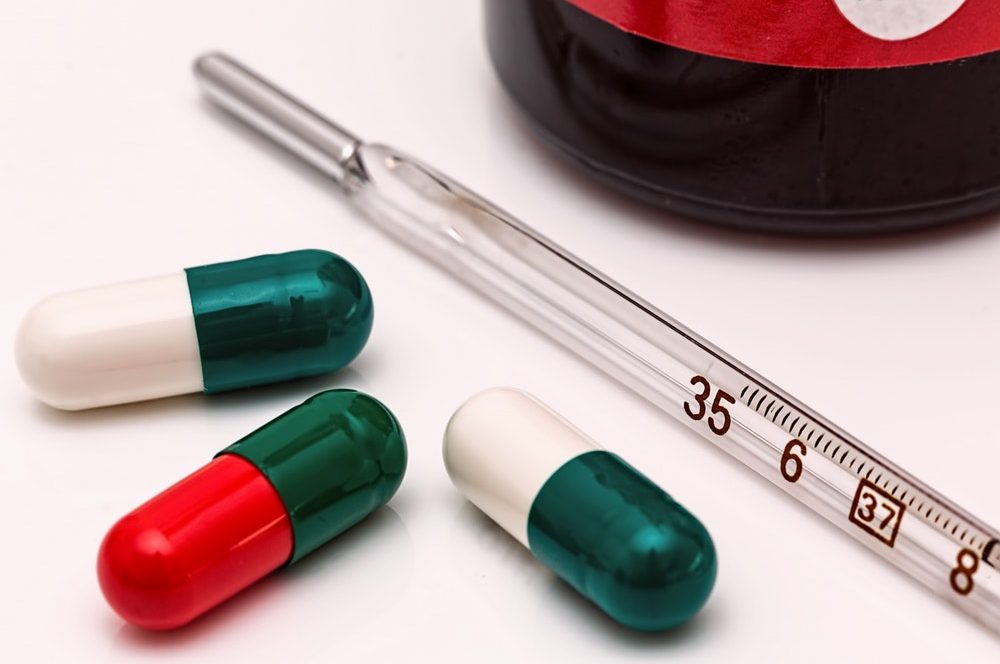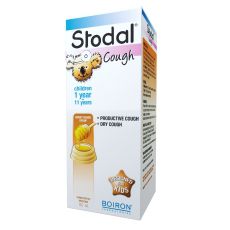New parents have a lot to learn. Let’s be honest: How many of us really tried to bathe a newborn before having children? And who knew babies could go through a dozen diapers a day? Stages come and stages go, and with each passing one, we learn something new. There is one consistent task that is challenging for even the most experienced of parents – how to feed children. From kids who constantly spit up to super picky eaters, feeding kids is one of the most daunting tasks of parenthood.
Whether you are breast- or formula-feeding, eventually your baby will drink from a bottle and you’ll need to know the proper temperature for feeding, how to prevent clumpy formula and how best to clean the bottles to prevent mould and bacteria from causing contamination. As wee ones start solids, parents must become skilled at whipping up the right consistency for the food and finding proper seating positions for safety and ease of mealtimes. And as kids enter toddlerhood, questions of texture and safe food size and shape arise.With the right knowledge and tools, parents can easily transition their tots from bottles to purees and beyond. We’ve answered five questions parents always ask about feeding their kids
1. Why should I wait until my baby is six months old to start solids? The World Health Organization and Health Canada both recommend you wait until six months before introducing solids. This will help ensure your baby has the proper neck and tongue muscles to swallow and may reduce the risk of developing food allergies.
2. When do I introduce a sippy cup? Depends on your baby! Some babies are eager and are ready to start at six to seven months; others don’t have much interest in learning to use a sippy until nine months. Your best bet is to watch for the signs and experiment. If more milk is ending up on her bib and not in her mouth, wait a few weeks and try again. With the Prince Lionheart Sippy Cup Upgrade Kit, learning to use a cup makes the transition easy. Handles can be added for independent bottle-feeding and nipples replaced with a sippy spout!
3. Can I feed my toddler solids while she sits on my lap? Sure, but be prepared to “wear” your baby’s food. Try using a boosterPOD.® This comfy booster seat makes sitting safe, fashionable and fun! The soft seat design and practical base attaches securely to both child and chair.
4. Do I really need to cut grapes in half or hotdogs lengthwise? Choking is always a fear with young children. Cutting food into small, bite-sized pieces will reduce the risk of choking. Teaching tots to chew is important at meal times.
5. Can I use a bottle more than once without cleaning it? Not a good idea! Whether you are using formula or breast milk, when using a bottle it is imperative to clean and dry it properly. Standing milk or formula can breed harmful bacteria – hazardous to an infant’s health. The Prince Lionheart Complete Dishwasher Basket System will ensure your bottles are cleaned and dried properly.
Lianne Phillipson-Webb would love to share her tips on how to best feed your baby as they move through those (messy!) early stages. She knows the tips and the tools required to help make mealtime a fun, stress-free part of your day.







